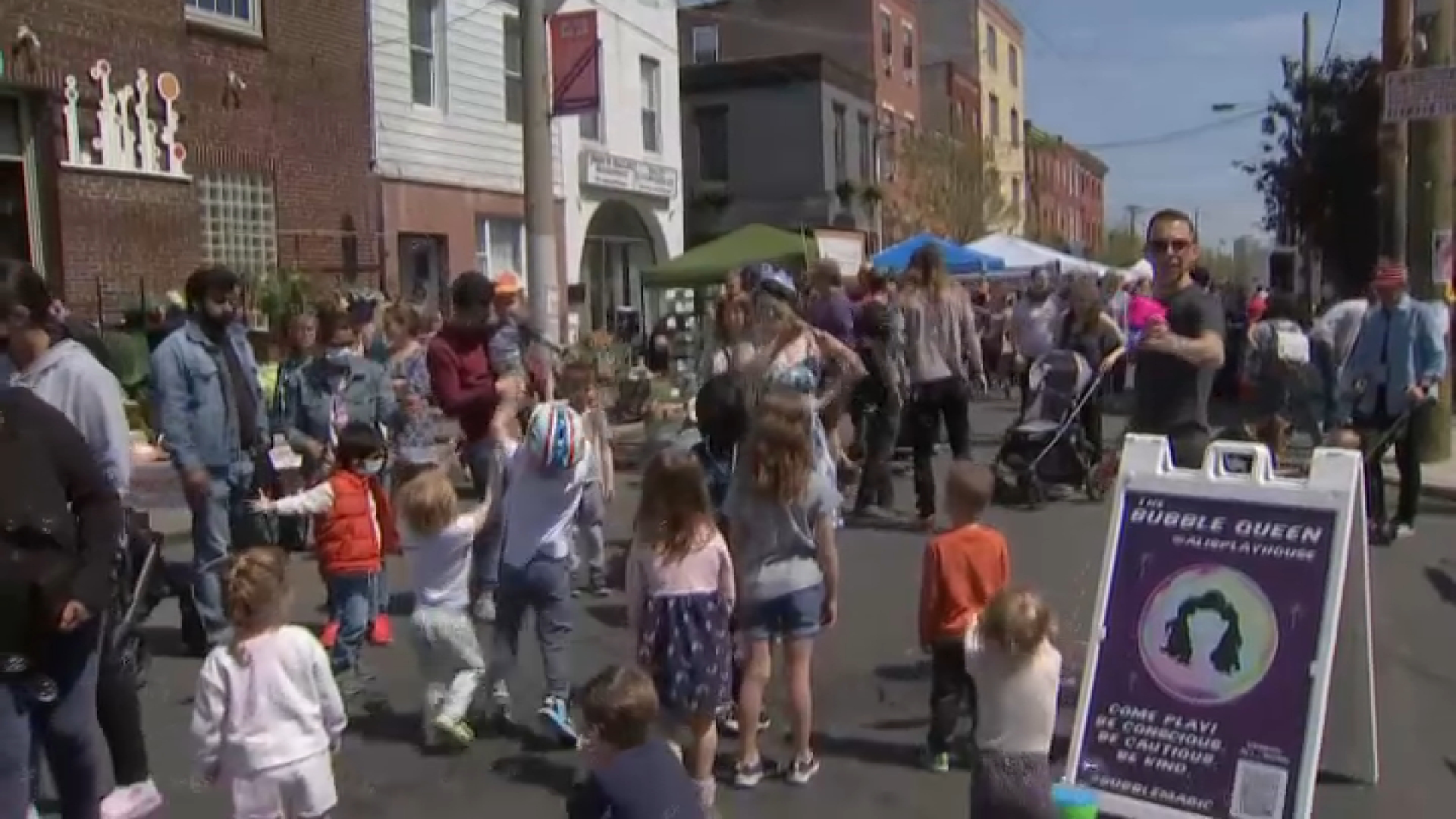YOU’D THINK IT WOULD BE EASY-BUT THINK AGAIN
We can measure how tall we are.
We can measure what our shoe size is.
We can measure how far it is from Philadelphia to the Jersey Shore.
We can measure how fast a runner goes from home to first base.
In weather, we can measure exactly what the temperature is.
We can measure the peak wind gust and the barometric pressure.
And we can measure just how much rain fell (as long as it wasn’t so windy that it was raining sideways).
But we can’t measure snow-not precisely. That doesn’t seem right, does it? We just stick a ruler into the snow and see how high it goes. Even a 2nd grader can figure that out.
But how much has fallen when it has turned to sleet or rain, which compresses the snow? Well, it depends on how you measure it, when you measure it, and where you measure it.
HOW MUCH FELL DURING THE MONDAY NIGHT/TUESDAY STORM? IT DEPENDS…..
The official Philadelphia snowfall was reported as 6.0”. Tuesday evening, after the snow had ended, the official daily climate report had a different number: 8.3”. And when I came back into work Wednesday morning, the official number was back to 6.0”. Why did they change it? How did they decide how much to change it by? And might this be changed again in the future?
Why do I care? It’s not because a higher number makes my forecast better. We predicted 6-10” for Philadelphia, and getting 6” was just fine. It seems every other forecast was for more.
I care because weather history is important to me. It’s so important, I co-wrote a book on Philadelphia weather with Dr. Jon Nese, now a professor at Penn State.

We (mostly Jon) went through a LOT of trouble to research data going back hundreds of years, including explanations of changes in where the official Philadelphia measurements were taken. This data is what meteorologists and climate researchers will be looking at in the years, and decades, and millennia to come. How will they know that some of these snow records are basically ESTIMATES?
When I was an intern at the National Hurricane Center in Miami ages ago, I had to train at the Miami Airport with the official observers on how they did their job. (I swear this is true, word for word)….We were all inside the building, when we saw heavy rain falling outside. I asked the observer: “How do you know the exact time the rain starts.” He replied: “Someone usually comes in and tells me.” Nice.
HOW IS SNOW MEASURED? (THIS IS A FUNNY ONE, TOO!)
1. Believe it or not, official snowfall in Philadelphia was measured IN NEW JERSEY for nine years (at National Park)! The Inquirer and Philly.com’s Tony Wood just wrote a terrific explanation about this and other snow measurement mysteries.
2. The new observers at the airport were trained using a 14-page instruction document. Are you kidding-14 pages? Don’t you just stick a ruler in the ground?
3. There are “snow boards” that all observers are supposed to use, taking observations every 6 hours (including one at 2 a.m.). The numbers are added up, since melting (or rain, or icing, or wind) could reduce the amount if they waited until the storm was over.
4. There was sleet and freezing rain with this storm. This made measurements very difficult. If this happens, the manual says: “creativity may be needed to make a snow depth measurement.” What? Creativity-in measuring something?
So, the National Weather Service looked at other measurements in Philadelphia, which were lower than the 8.3” and decided to go back to the 6.0”. That was closer to the 6.8” at the nearby Office of Emergency Management. So, who’s to say the OEM’s “creativity” was done properly? And what does the observer at the airport think about having his report altered by more than 20%? And how many other places had more snow fall than they reported?
Local
Breaking news and the stories that matter to your neighborhood.
CAN WE TRUST SNOW MEASUREMENTS?
If a storm is all snow, probably “yes." Amateur observers are told to measure the snow in three places and average them. They probably don’t use snow boards.
But when sleet and/or freezing rain is part of the storm (which is most big winter storms in Philadelphia), there are questions. A study had to be done after the “Blizzard of ‘96” to verify that we really did get 30.7” (the previous record was 21.3”). The verdict was “yes, it was right”.
I realize this is all trivia to many of you. But did you realize how non-scientific this is? We move instrument locations, build new buildings near the instruments, and pave roads near the instruments. This is why many big city readings are excluded in climate research. There are plenty of other locations in the country that stay the same. Good thing they do.



